Cellular and microenvironmental cues that promote macrophage fusion and foreign body response
- PMID: 39034997
- PMCID: PMC11257916
- DOI: 10.3389/fimmu.2024.1411872
Cellular and microenvironmental cues that promote macrophage fusion and foreign body response
Abstract
During the foreign body response (FBR), macrophages fuse to form foreign body giant cells (FBGCs). Modulation of FBGC formation can prevent biomaterial degradation and loss of therapeutic efficacy. However, the microenvironmental cues that dictate FBGC formation are poorly understood with conflicting reports. Here, we identified molecular and cellular factors involved in driving FBGC formation in vitro. Macrophages demonstrated distinct fusion competencies dependent on monocyte differentiation. The transition from a proinflammatory to a reparative microenvironment, characterised by specific cytokine and growth factor programmes, accompanied FBGC formation. Toll-like receptor signalling licensed the formation of FBGCs containing more than 10 nuclei but was not essential for cell-cell fusion to occur. Moreover, the fibroblast-macrophage crosstalk influenced FBGC development, with the fibroblast secretome inducing macrophages to secrete more PDGF, which enhanced large FBGC formation. These findings advance our understanding as to how a specific and timely combination of cellular and microenvironmental factors is required for an effective FBR, with monocyte differentiation and fibroblasts being key players.
Keywords: Toll-like receptor signalling; fibroblast; foreign body giant cell; foreign body response; macrophage; macrophage fusion.
Copyright © 2024 Stewart, Hook, Zelzer, Marlow and Piccinini.
Conflict of interest statement
The authors declare that the research was conducted in the absence of any commercial or financial relationships that could be construed as a potential conflict of interest. The author(s) declared that they were an editorial board member of Frontiers, at the time of submission. This had no impact on the peer review process and the final decision.
Figures
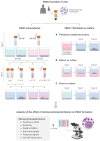

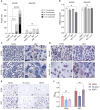
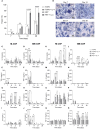
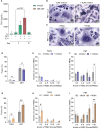
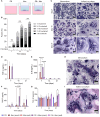


References
MeSH terms
Substances
LinkOut - more resources
Full Text Sources

